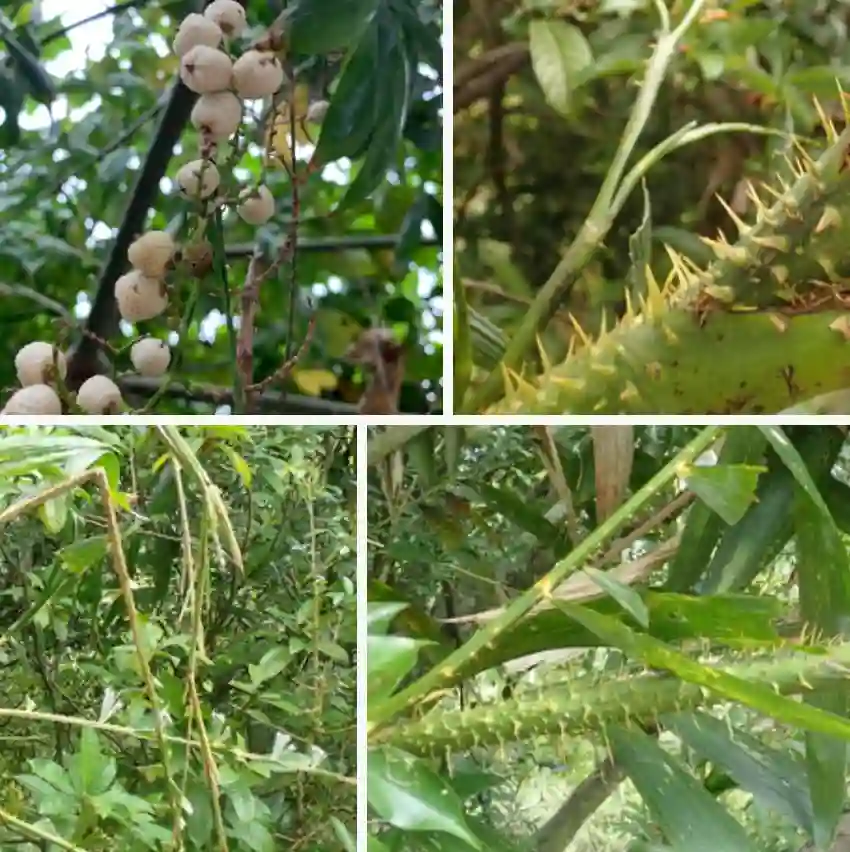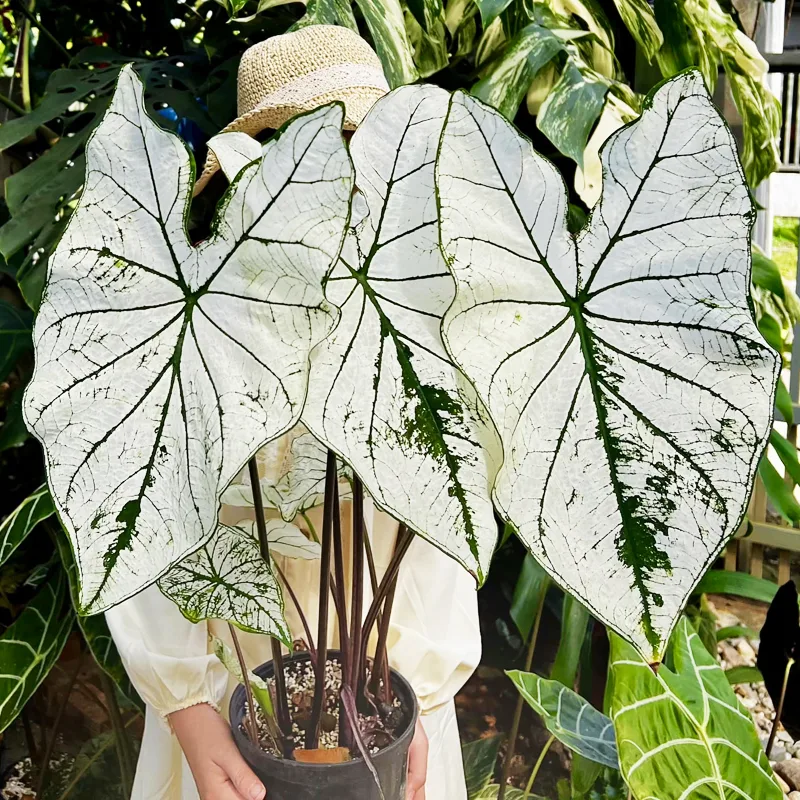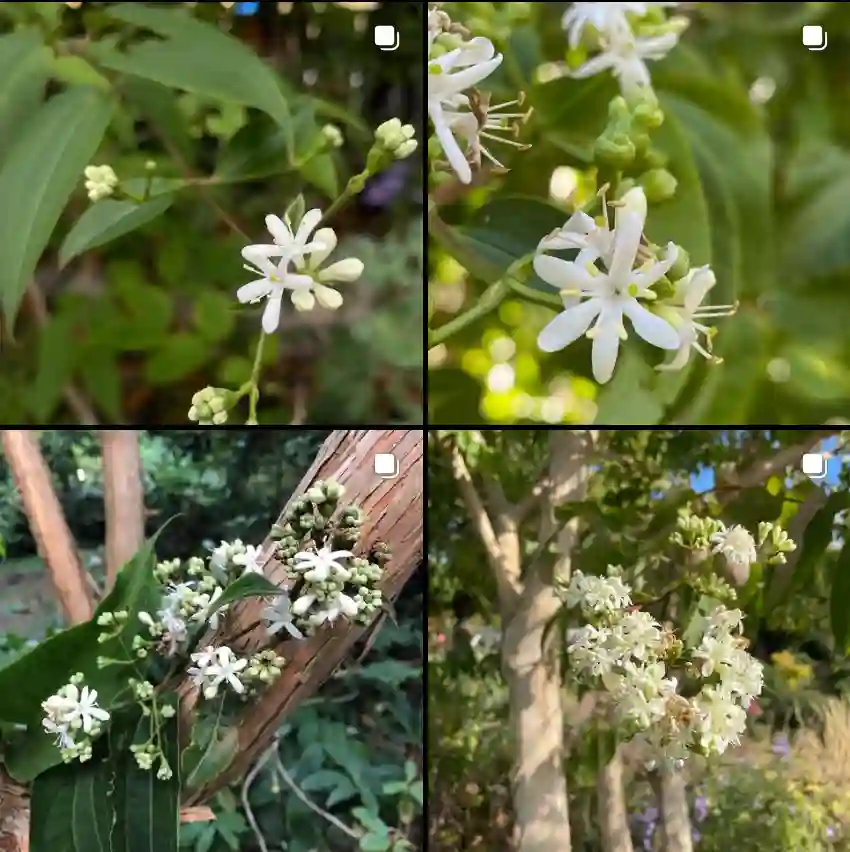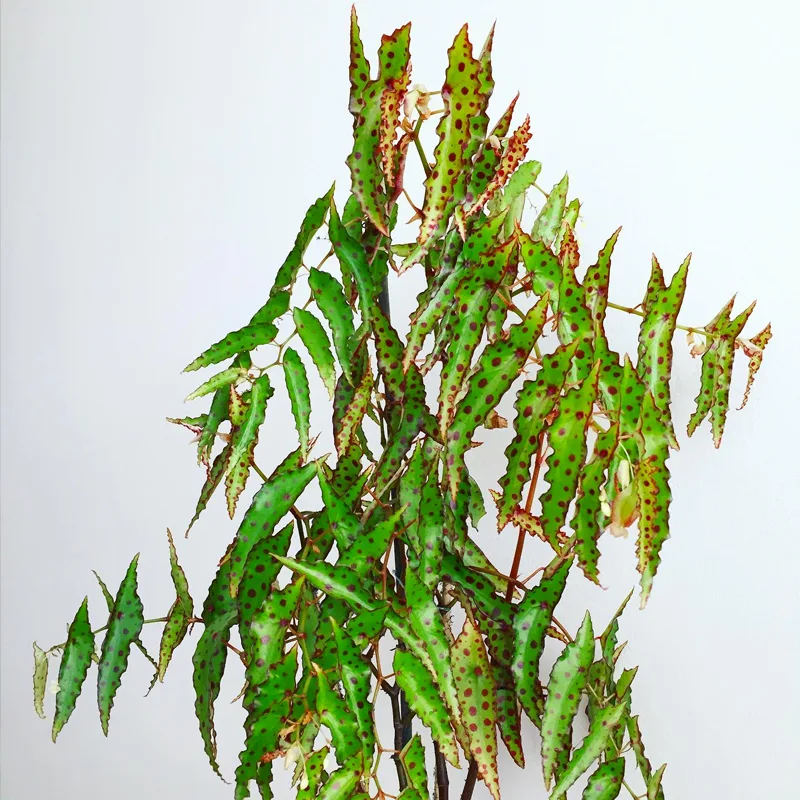A Childhood Fascination
My earliest memories are filled with the vibrant blues and purples of periwinkles blooming in my grandmother’s garden. These resilient plants, seemingly thriving with minimal care, always caught my eye. Little did I know that this childhood fascination would blossom into a lifelong appreciation for the Vinca genus.
Vinca, derived from the Latin word “vincire” meaning “to bind” or “to fetter,” is a genus of flowering plants belonging to the Apocynaceae family. They are native to Europe, northwest Africa, and southwest Asia. Commonly known as periwinkles, these plants have earned a place in gardens and hearts worldwide due to their hardiness, trailing habit, and charming flowers.
Unveiling the Diversity Within Vinca
Over the years, I’ve delved deeper into the world of Vinca, discovering the subtle yet captivating differences between its various species. Here are:
- Vinca minor: This species, also known as the common periwinkle or dwarf periwinkle, is perhaps the most recognizable. It’s a creeping, evergreen vine with glossy, dark green leaves and delicate blue-violet flowers. Vinca minor is a popular ground cover, effectively suppressing weeds while adding a touch of elegance to gardens.
- Vinca major: Larger in size than its “minor” counterpart, Vinca major, or bigleaf periwinkle, features broader leaves and larger flowers. While the typical flower color is blue-violet, cultivated varieties showcase a range of hues, including white and deep purple.
- Vinca difformis: This species, native to the Mediterranean region, is distinguished by its pale blue or white flowers and its preference for slightly warmer climates. It’s less commonly cultivated than V. minor and V. major but nonetheless adds a unique charm to gardens.
- Vinca herbacea: Unlike the evergreen nature of other Vinca species, V. herbacea is herbaceous, meaning its stems die back in winter. It’s characterized by its sprawling growth habit and its ability to tolerate drier conditions compared to other species.
- Vinca erecta: Native to Central Asia, V. erecta stands out with its erect, rather than trailing, growth habit. Its white flowers and medicinal properties make it a fascinating species within the genus.
- Vinca ispartensis Koyuncu & Eksi
- Vinca soneri Koyuncu
Beyond the Beauty: Uses and Symbolism
The appeal of Vinca extends beyond its ornamental value. Throughout history, various Vinca species have been utilized for their medicinal properties. In traditional medicine, they have been employed to treat ailments ranging from headaches to memory loss. Modern science has also recognized the therapeutic potential of Vinca alkaloids in treating conditions like cancer and diabetes.
Beyond their medicinal applications, periwinkles hold symbolic meaning in different cultures. They are often associated with concepts of everlasting love, remembrance, and immortality, perhaps due to their evergreen nature and ability to thrive in diverse environments.
Cultivating and Caring for Vinca
One of the many reasons I admire Vinca is its resilience and adaptability. These plants are relatively low-maintenance, making them suitable for gardeners of all levels of experience. Here are some basic tips for cultivating Vinca:
- Sunlight: Most Vinca species thrive in partial shade but can tolerate full sun in cooler climates.
- Soil: Well-drained soil is crucial for healthy Vinca growth.
- Watering: While Vinca can tolerate some drought, regular watering, especially during dry periods, will promote optimal growth and flowering.
- Pruning: Pruning can help maintain the desired shape and size of Vinca plants, especially the more vigorous species like V. major.
FAQs
Periwinkle vs Lavender
I find Periwinkle’s subtle blue tint more soothing compared to Lavender‘s stronger purple hue.
Periwinkle vs Cornflower Blue
Periwinkle feels softer to me, while Cornflower Blue has a more vibrant and striking presence.
Periwinkle vs Lilac
Lilac‘s pinkish undertones give a warmer feel, but I prefer Periwinkle’s cooler, calming vibe.
Periwinkle vs Impatiens
While Impatiens are lively and bold, I appreciate Periwinkle’s more tranquil and serene effect.
Periwinkle vs Myrtle
I admire Myrtle’s deep, rich color, but Periwinkle’s lighter shade feels more refreshing and airy.
Periwinkle vs Dusty Blue
Periwinkle’s slight purple hint adds a touch of warmth that I find more inviting than Dusty Blue’s muted grayish-blue.
Periwinkle vs Indigo
Indigo’s depth and intensity are captivating, but Periwinkle’s softness and subtlety are more relaxing to me.
Periwinkle vs Phlox
Phlox has a lively and vibrant charm, but I prefer the gentle and calming presence of Periwinkle.
A Continuing Journey of Discovery
My exploration of the Vinca genus is an ongoing journey. With each passing season, I continue to be captivated by their resilience, their subtle beauty, and their rich history. Whether adorning a garden, offering therapeutic benefits, or simply inspiring contemplation, Vinca plants hold a special place in the natural world, and I’m grateful for the opportunity to share my appreciation for them.
If i die, water my plants!



